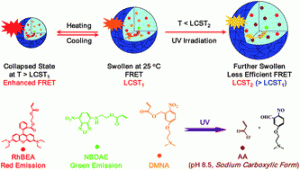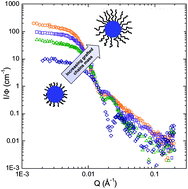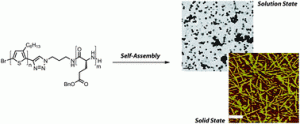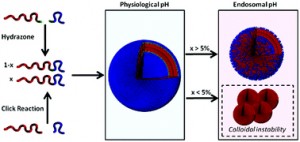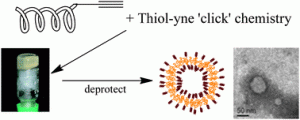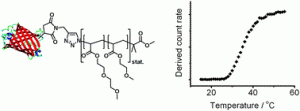Thermo- and light-responsive microgels have been made via free radical emulsion polymerisation by researchers from University of Science and Technology of China.
The p(NIPAM–DMNA–NBDAE–RhBEA) microgels swelled and collapsed in response to changes in temperature below and above the lower critical solution temperatures (LCSTs), respectively. This reversibly brought the FRET donors (NBDAE) and rhodamine B-based acceptors (RhBEA) into close proximity, allowing tuning of the FRET efficiencies. UV irradiation could also adjust the LCST of the microgels, yielding a dually responsive system.
Interested to know more? Why not read the full article for free: Jun Yin, Haibo Hu, Yonghao Wu and Shiyong Liu, Polym. Chem., 2011, 2, 363–371


